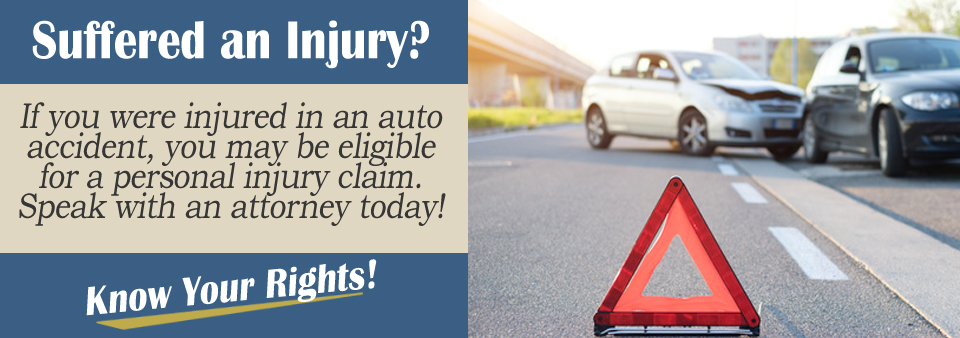Rear end accidents are commonplace because so many drivers are distracted by electronic devices like cell phones and lose attention when arriving at an intersection or a red light. This lack of attention causes them to rear end vehicles in front which have yielded at an intersection or a red light. There are times when a vehicle in front may have faulty brake lights so the vehicle behind is not aware of the vehicle coming to a halt. If you have been involved in a rear end accident whatever its cause you will have to be able to prove you weren’t at fault to be eligible for a personal injury compensation claim.
Disputing Fault in a Rear End Accident
When a rear end accident takes place the insurer of the at-fault driver is the first to dispute who is at-fault. This is because a PI claim can involve a large amount of money if the victim is seriously injured in the rear-ender and it is not possible to repair the damaged vehicle. To ensure you have the best chance of winning a PI settlement you should check your state’s laws for determining if you are eligible to file a personal injury claim. There are generally 3 main types of negligence laws, one of which a state may choose to adopt. These are:
- Pure comparative negligence is when anyone injured in a rear end accident may be able to file a PI compensation claim from the at-fault party, but if there is even a slight hint that the victim contributed to the accident the settlement will by reduced the percentage that is equal to his/her share of the fault in the accident.
- Modified comparative negligence is when an injured victim in a rear end crash should be eligible to claim PI compensation from the at-fault driver providing the victim is considered to be less than 50% at fault;
- Contributory negligence is only found in a few states and that is when a driver agrees that s/he is partially responsible for the rear end accident. In this case no PI compensation is recoverable from the at-fault driver’s insurer.
Proving Negligence of the Other Driver
As long as you know your state’s law for PI compensation and find you are eligible, you just need to find the right evidence to prove you did not cause the rear end accident. This may include any or all of the following:
- a certified photocopy of the police officer’s report who was at the scene of the rear end accident and reported you were not at-fault;
- cell phone records that showed that the rear-ender was caused by distracted driver;
- photos showing clearly the scene of the rear-end accident;
- video surveillance live footage, if available, of the rear-ender accident taking place;
- eye-witnesses’ signed reports with their contact details.

Get a Free Evaluation
If you were in a rear end accident and you know you were not to blame, get a free evaluation today. A PI lawyer can help to keep your PI claim out of court by filing it on your behalf with the at-fault driver’s insurer.